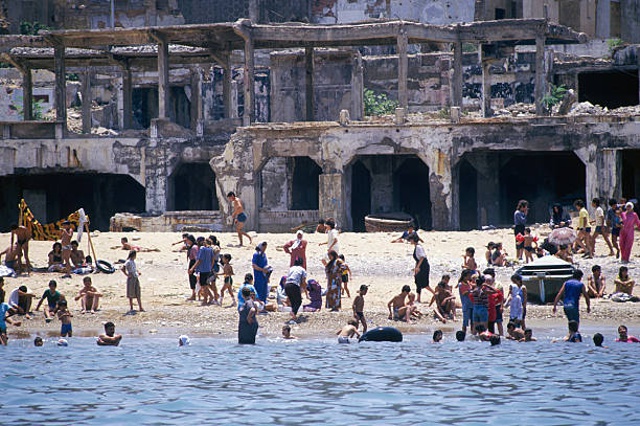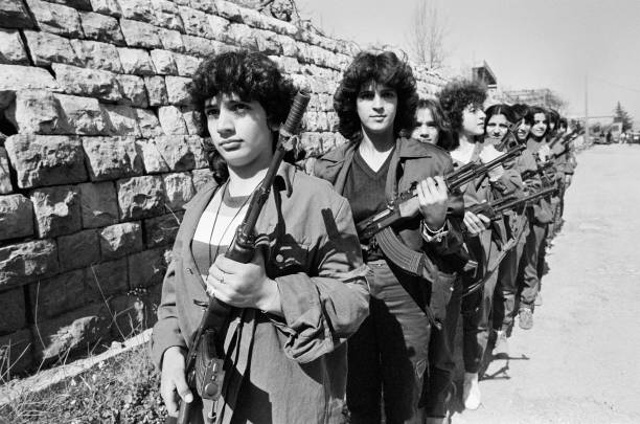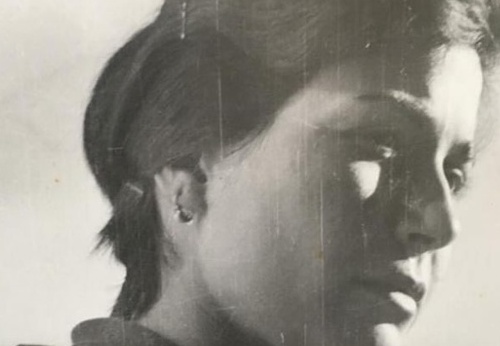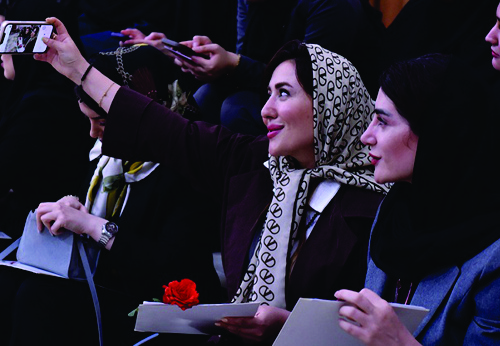The Brutal Lebanese Civil War in Photographs, 1975-1989
Lebanese congregate on the beach in Beirut, in front of the gutted Hotel St. George, near the Green Line, dividing East and West Beirut. It surprises many couples to realize that loneliness doesn’t always come from physical absence. A husband or wife can feel lonely even when sitting side by side with their partner. responsibilities like work, bills, and childcare push out quality time. small hurts that never get addressed can create emotional walls. one spouse seeks connection while the other withdraws into quiet or distraction.
The Taif Agreement, signed in 1989, officially ended the civil war.
There is still no universal agreement about the precise order of the fateful events that unfolded in the Christian Ain El-Remmaneh district of East Beirut on April 13, 1975, but the bald facts are indisputable. On a day that came to be known as Black Sunday, Palestinian gunmen opened fire on a Christian congregation gathered on the pavement outside the Church of Notre Dame de la Delivrance after a family baptism.
<!–nextpage–>
Training of women fighters of the Progressive Socialist Party (PSP). The PSP is related to the Druze religious community, who fought the Maronite Christian Phalangist militia, and later the Lebanese Forces. Four men, including the father of the child, were. One of the survivors was Pierre Gemayal, the Maronite Catholic founder and leader of Lebanon’s right-wing Christian Kataeb (or Phalangist) Party, who was possibly the target of the attack.
A terrible revenge was quickly exacted. Later that same day, a bus on which Palestinians were returning to a refugee camp from a political rally was ambushed by Phalangist gunmen who killed more than 20 of the passengers. In the words of Lebanese historian Fawwaz Traboulsi in his 2007 book “A History of Modern Lebanon,” “A war that was to last for 15 years had just begun.”
August 28, 2025 | 10:50 pm





